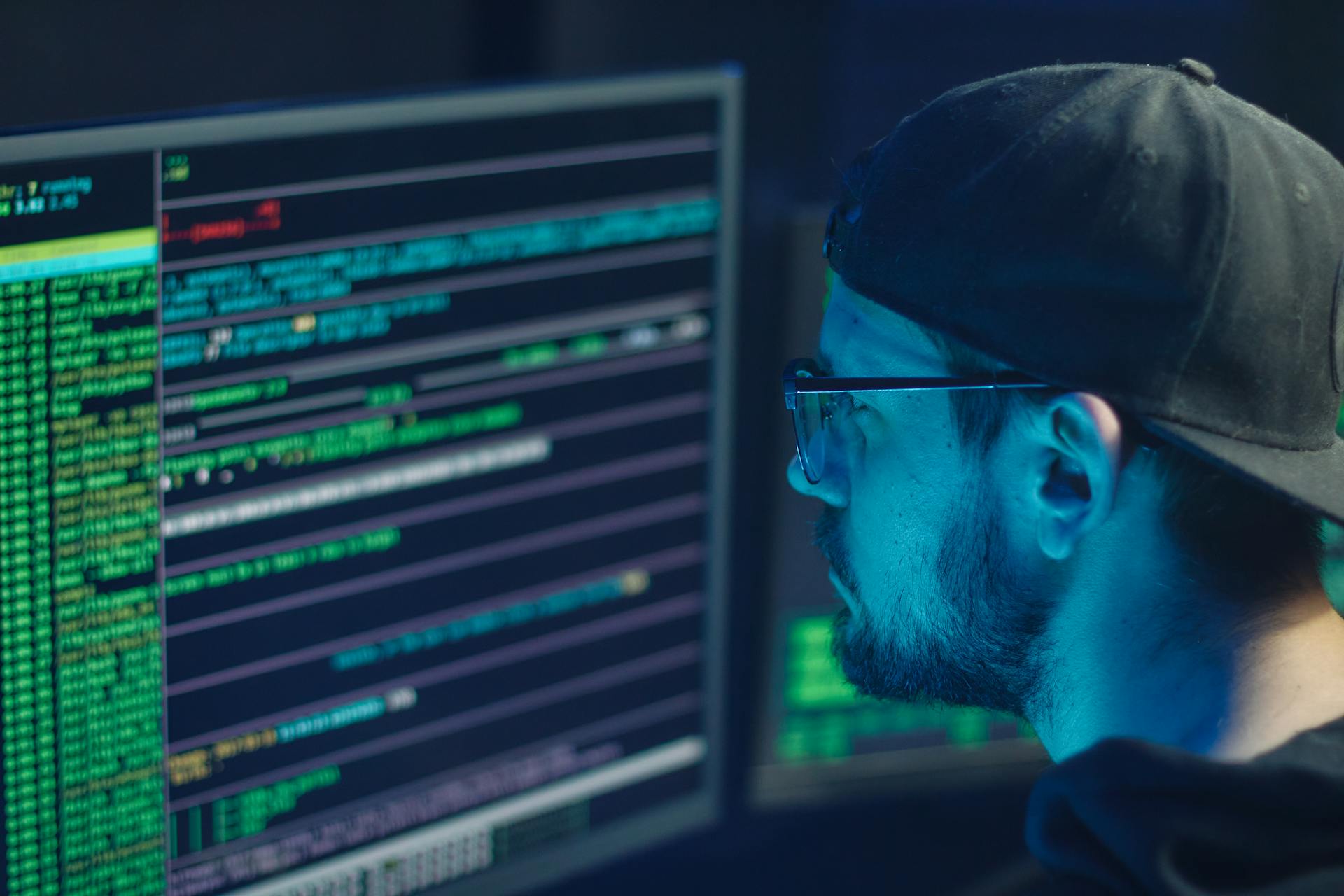While the world has become a global village due to technology, opportunities for businesses are very tremendous in the digital environment, but so are the risks. Cybersecurity threats are now not only constant and developing fast, but also are inventive, posing severe issues for every business, no matter its scale. Digitalization has recently become the business norm for most organizations, and as a result, the need to safeguard information, funds, and customers’ trust has never been higher. In this article, we will learn more about recent cyber security threats and provide tactics for businesses to protect themselves in modern society.
The Growing Complexity of Cyber Threats
The digital world is characterized by new types of cyber threats that are both numerous and sophisticated. The previously used viruses and basic phishing attacks have evolved into such threats as ransomware, complex phishing and cyber espionage sponsored by states. In 2023 only, many organizations experienced shocking ransomware attacks that completely halted large-scale businesses and government organizations with demands for huge ransoms to restore the data. Such occurrences show that there is an urgent need for the protection of networks through proper cybersecurity measures.
The Human Element: A Critical Vulnerability
In spite of the dominance of the technical approach to cybersecurity, the human factor has not lost its relevance. Employees, sometimes unconsciously, can become the primary vulnerability that might lead to a cybersecurity breach. Phishing, which tricks the victim into disclosing certain information to the attacker, is a practice commonly employed by hackers. For instance, an employee might receive an email in the company’s letter head, asking him/her to click a link on a webpage or give some information.
In order to address these threats, the best solution is to increase employee awareness and training. It is important that all levels of a company’s workforce are trained on cybersecurity threats and learn how to identify them and report them. Phishing exercises, common mock attacks, and well-defined guidelines can go a long way in minimizing human-factor threats. A good security practice is to make everyone in the organization be security-conscious because they are all responsible for protecting the organization’s assets.
Implementing Robust Cybersecurity Measures
1. Advanced Threat Detection and Response: Current cybersecurity systems employ the use of artificial intelligence and machine learning to solve cyber threats in real time. Intrusion Detection System (IDS) and Intrusion Prevention Systems (IPS) can detect the presence of an intrusion in the network traffic and even prevent any attacks automatically. While Endpoint Protection Platforms (EPP) and Endpoint Detection and Response (EDR) tools are other layered solutions that protect individual devices.
2. Data Encryption and Backup: Data to be protected must be secured at rest and in transit by converting them into codes that can only be deciphered by authorized persons. Encryption is useful when data is lost or stolen because it is almost impossible to understand the information without a decryption password. Another crucial aspect is data backup, which should be performed repeatedly. This is because companies that have updated backups can recover their systems regardless of what the hackers want them to do.
4. Incident Response Planning: Pitfalls are generally thought to stem from negligence, but even with precautions in place, an attack may still be possible. The last thing that needs to be stated is having no plan or a weak one when it comes to dealing with incidents is never a good idea, and it definitely does not prevent harm and fast recovery. A clear plan on how to react in the event of such a breach, the process of containing the breach, notifying the parties involved, and recovery of the systems should be developed. Periodicity in testing and updating of the incident response plan is crucial to check its effectiveness against current threats with high accuracy.
The Importance of a Proactive Approach
In the current and rapidly growing cyber threats, a reactive strategy is considered to be non-optimal. Companies need to take a more strategic approach in adapting to inherent risks and implementing changes in cybersecurity plans. This involves having the latest intelligence on the threats, implementing the new security technologies and conducting a periodic review and assessment of the systems in place.
Additionally, engaging with cybersecurity professionals, being active in relevant information-sharing communities, and legal compliance also provide additional protection to a business. Through a diligent application of a security strategy, companies can secure their important resources, preserve their reputations and sustain profitability in a world that is progressively becoming malicious.
Image Source: pexels.com










